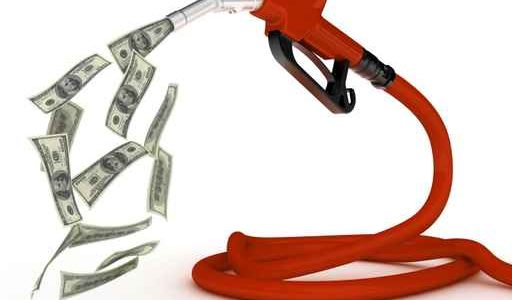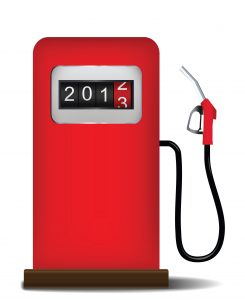With the current state of high gas prices and the colder months ahead, we thought it may be helpful to share with you 10 Tips For Improving Your Fuel Economy:
- Keep your car properly maintained.
A properly maintained vehicle will always get optimal fuel economy. Spark plugs and wires, new air filter, O2 sensor and replacement of broken or worn parts. When things are broken or excessively worn, they could create drag and rolling resistance which will force your car to work harder and use more fuel. A tune up will also increase the efficiency of your engine and will make a noticeable difference.
- Check your tire pressure.
Properly inflated tires are easy to keep an eye on, and extremely important for safety . Under-inflated tires will provide more rolling resistance and use more fuel, as well as cause more wear and heat. Some people choose to over-inflate their tires to achieve better fuel economy and, while this can get you better results, the performance and optimal wear of the tires is sacrificed. This is also dangerous. There should be a sticker in your driver’s side door (as well as information in your owner’s manual) which will tell you the correct tire pressure for your specific vehicle and tires.
- Aftermarket intake filter and exhaust system
This one is relatively easy to do by yourself and you can see immediate results with fuel economy (and gain a little bit in the performance department as well). The manufacturer’s air filter is rather restrictive and replacing it with an aftermarket option could do you miles of good. The exhaust system is a similar story in that it is restrictive and prevents exhaust gases from escaping quickly and easily. The trade off with an aftermarket system is that you will likely hear more engine noise. Just keep your foot out of it and you could see a 15-30% increase in your mpg.
- Lighten your load
It’s not a secret that it takes more effort to haul a heavier load. So why not take some things out of your vehicle which you don’t necessarily need? You could increase your efficiency by up to 15% and decrease your fuel spend by just taking things out of your vehicle. Things you definitely should carry with you are items such as a spare tire, tools to change it, and a roadside safety kit.
- Let the car idle for 30-60 seconds before taking off
When you initially start your car, the engine computer will use more fuel until it is up to operating temperature. Let your car idle for just a minute before going so you aren’t using more fuel than you need to. Also, many people let their vehicles idle for five, ten or even twenty minutes in the winter, but studies have shown that even in the winter, just a quick one minute idle is ideal. If you have the option to, use the vehicle which is already at operating temperature. Operating temperature is where every vehicle will get the best economy.
- No jack rabbit starts.
Taking off from a stop quickly is just burning unnecessary fuel. This is especially true when you have to stop again at the next set of lights anyhow. Think about it. When you are on the highway, you can get a lot more distance from a tank of fuel because you aren’t stopping all the time. When you use your brakes, you waste the energy you just used to accelerate. Make the most of it!
- Use the cruise!
Really, the best way to get the most of your your fuel is to be consistent with your speed. Using the cruise control when it’s safe to do so will help maintain your speed and allow you to concentrate on other aspects of driving. This is also a good way to avoid speeding tickets!
- Don’t use additives. But a lighter oil can help.
Friction reducers can help things work more smoothly, but your engine was not designed for those liquids and some people believe they could actually cause damage. Using a slightly thinner oil to help reduce some viscosity could make it easier for your engine to turn. However, your engine was designed with a specific weight of oil in mind. It is always recommended to consult your owner’s manual or a mechanic ahead of time.
- Don’t speed!
Speeding will use more fuel due to higher engine speeds and loads. If you time things, you likely won’t get to where you’re going much faster than if you just drove the speed limit. And going the speed limit is safer for everyone on the road. As mentioned in tip #4, try using the cruise to help you out!
- Take your foot off the gas.
The number one tip we have for you on how to save fuel economy is to simply take your foot off the accelerator pedal! Your engine will use more fuel when you have the gas pedal depressed. It’s ok to go a little slower and even coast down the road a bit. If you are doing mostly city driving, this is where you will see the biggest gains as you will be stopping more frequently anyway.
Hopefully you have found these tips helpful. If you have any more great tips for improving fuel economy, please send them to us at admin@costeninsurance.com.
Thank you!
The Costen Insurance Team





